Autumn in Japan, a season celebrated for its vibrant foliage and crisp air, is also when the country’s culinary scene comes alive with unique flavors and experiences. Esta temporada tiene un significado cultural ya que marca el período de cosecha, produciendo abundantes ingredientes frescos y de temporada. Desde el rico sabor de los hongos matsutake hasta el dulce encanto de los caquis, la comida en otoño en Japón ofrece un viaje delicioso para los sentidos. En este artículo, exploraremos la diversa cocina otoñal que hace de esta época del año algo tan especial.
Otoño en Japón

Cuando pensamos en el otoño en Japón, es un momento en el que el apetito realmente se despierta. Japón, conocido por sus cuatro estaciones distintas, celebra el otoño de septiembre a noviembre. Este período, a menudo llamado el «Otoño Productivo», es cuando el arroz y varios frutos alcanzan su máxima cosecha. El dicho «el otoño es la mejor estación para el apetito» refleja esta época de abundancia y clima agradable. Los orígenes de este sentimiento provienen del proverbio de la dinastía Tang china, «El otoño está alto y los caballos están gordos,» que fue adoptado en Japón. Esta frase captura la esencia del otoño, simbolizando una temporada donde el cielo está claro, el aire es fresco y las cosechas son abundantes, haciendo de ella una época del año verdaderamente deliciosa.
Ingredientes típicos durante el otoño

A medida que el caluroso verano se desvanece, los signos del otoño traen consigo una deliciosa variedad de ingredientes de temporada. En esta época del año, las verduras, los pescados y las frutas están en su punto máximo, ofreciendo sus sabores más ricos y deliciosos. Las verduras otoñales son particularmente sabrosas debido a su reducido contenido de humedad, lo que las hace más dulces e intensas en sabor. La temporada también trae una abundancia de pescado graso, como el jurel del Pacífico y la caballa española japonesa, que tienen el kanji de «otoño» en sus nombres y son especialmente populares. Otros favoritos del otoño incluyen el salmón y la caballa, haciendo de esta una temporada verdaderamente abundante para la cocina fresca y de temporada.
Comida en el otoño de Japón – Categoría
4 Sabores de Otoño [Frutas]
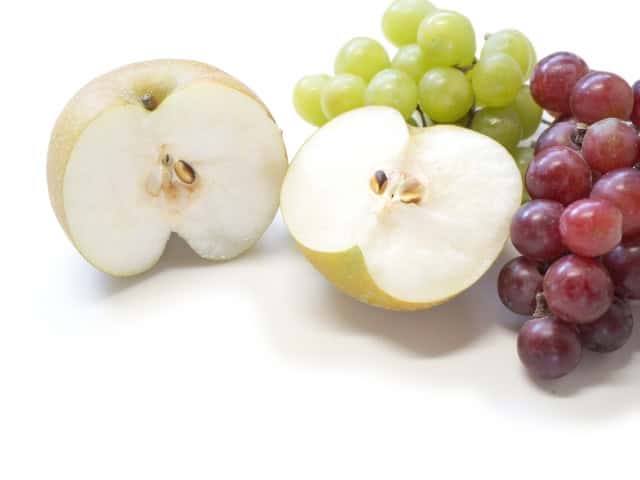
En otoño, una variedad de deliciosas frutas están de temporada, incluyendo uvas, peras, caquis y castañas. Se dice que las frutas firmes y pesadas son especialmente sabrosas durante esta época. La recolección de uvas es una actividad de otoño popular, con numerosas variedades para probar, como Pione, Kyoho y Shine Muscat. Dependiendo de la región, también puede disfrutar de la recolección de peras, manzanas y caquis, experimentando sus sabores frescos directamente del árbol. Otros favoritos de otoño incluyen manzanas, mandarinas, higos, melocotones e incluso nueces de ginkgo.
Nutrientes
Las uvas Kyoho y Pione son ricas en glucosa, proporcionando energía, y contienen vitaminas esenciales y potasio, que ayudan a excretar la sal y mantener la salud. También tienen polifenoles con efectos antioxidantes. Las peras, ricas en potasio, ayudan a bajar la presión arterial promoviendo la excreción de sodio y previniendo la hinchazón y la fatiga. Dado que se pierde potasio en climas cálidos, consumir estas frutas en septiembre, cuando aún hace calor, es beneficioso.
4 Sabores de Otoño [Mariscos]
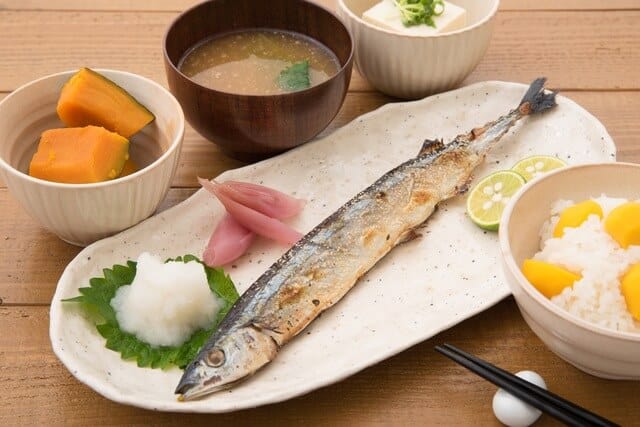
El otoño trae una abundancia de mariscos, incluyendo jurel, ostras, bonito y salmón otoñal. El jurel, conocido por su textura grasa, es especialmente popular en esta temporada. Los platos típicos incluyen jurel salado a la parrilla con piel crujiente, kabayaki y albóndigas. Para una opción sin espinas, el kanroni, donde el pescado se hierve hasta que esté suave, es una excelente elección. Otros placeres del mar en otoño incluyen el jurel y el atún, haciendo de esta temporada un festín para los amantes de los mariscos.
Nutrientes
El bonito es rico en vitaminas B, que promueven el metabolismo, pero estas vitaminas son solubles en agua y se excretan fácilmente, por lo que comer bonito con alimentos como cebollas y ajo, que contienen alicina, puede aumentar la absorción. El bonito también proporciona proteína y hierro animal, apoyando la fuerza y la inmunidad, lo que lo hace beneficioso para aquellos propensos a la anemia o la fatiga. Las almejas son ricas en hierro, vitamina B12 y zinc, que ayudan a prevenir la anemia y a fortalecer el sistema inmunológico. El jurel del Pacífico es rico en DHA y EPA, ácidos grasos esenciales que mejoran el flujo sanguíneo y ayudan a prevenir enfermedades relacionadas con el estilo de vida.
4 Sabores de Otoño [Verduras]

Calabaza, batata, raíz de loto y berenjena son algunas de las verduras de otoño más populares. Las verduras firmes y jugosas se consideran las más sabrosas. Las cebollas, zanahorias, papas, nabos y bardana también están en temporada. La recolección de papas es una actividad de otoño muy querida, especialmente para las batatas. Muchas granjas ofrecen experiencias de excavación de papa y taro, y no es raro que los niños lleven a casa su cosecha de excursiones escolares, disfrutando de la emoción de descubrir lo que se encuentra debajo del suelo.’
Nutrientes
La calabaza está llena de beta-caroteno, vitaminas C y E, que trabajan juntas para fortalecer el sistema inmunológico y prevenir el envejecimiento celular. El taro contiene una fibra dietética viscosa llamada galactano, que ayuda a regular el ambiente intestinal y puede suprimir el aumento de los niveles de azúcar en sangre y colesterol.
Para llevar
Al concluir nuestro viaje a través del vibrante y delicioso mundo de la comida en otoño en Japón, esperamos que hayas ganado una apreciación más profunda por los ingredientes de temporada y sus beneficios para la salud. Desde la dulzura de las frutas otoñales hasta la riqueza de los mariscos y verduras de temporada, la cocina japonesa de otoño es un festín tanto para el paladar como para el alma. Esperamos que este artículo te haya inspirado a explorar y saborear los deliciosos sabores de la abundancia otoñal de Japón.
¡A continuación, se recomiendan otras comidas durante diferentes estaciones en Japón!



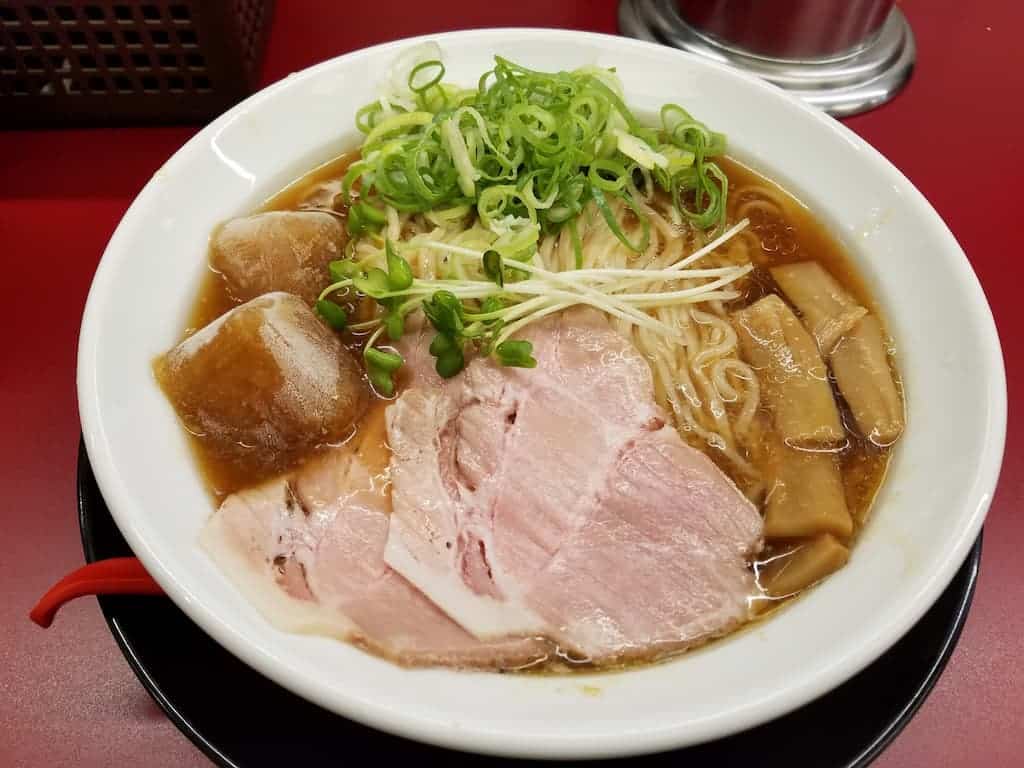

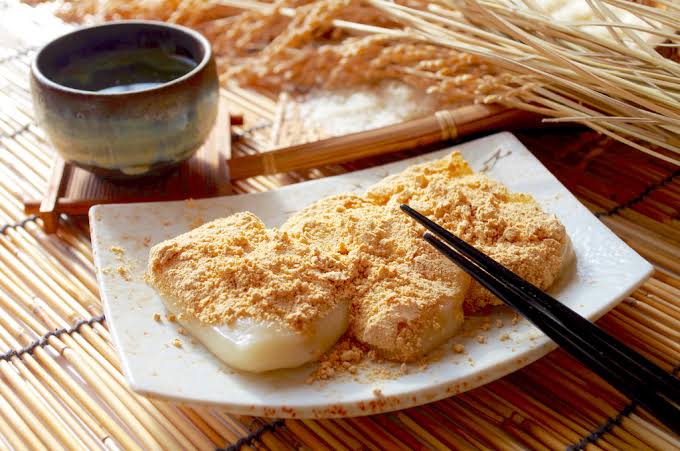



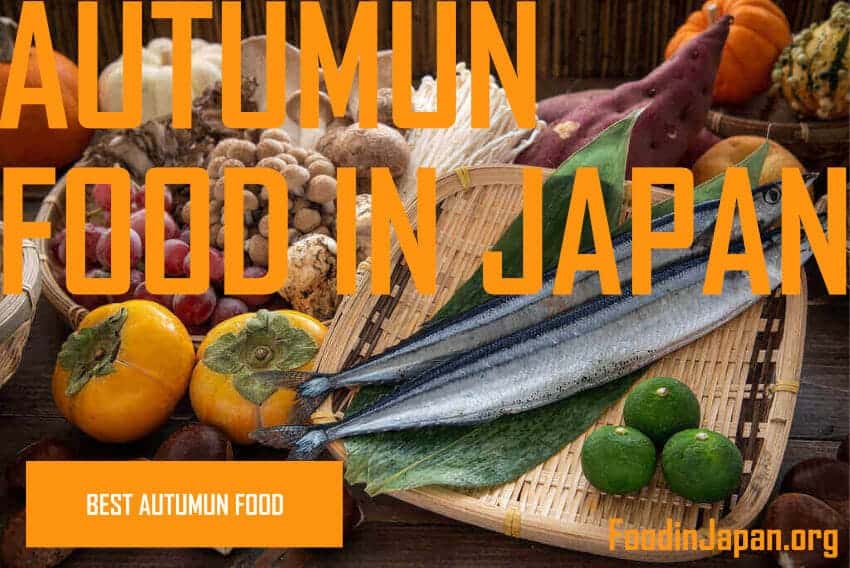

コメント